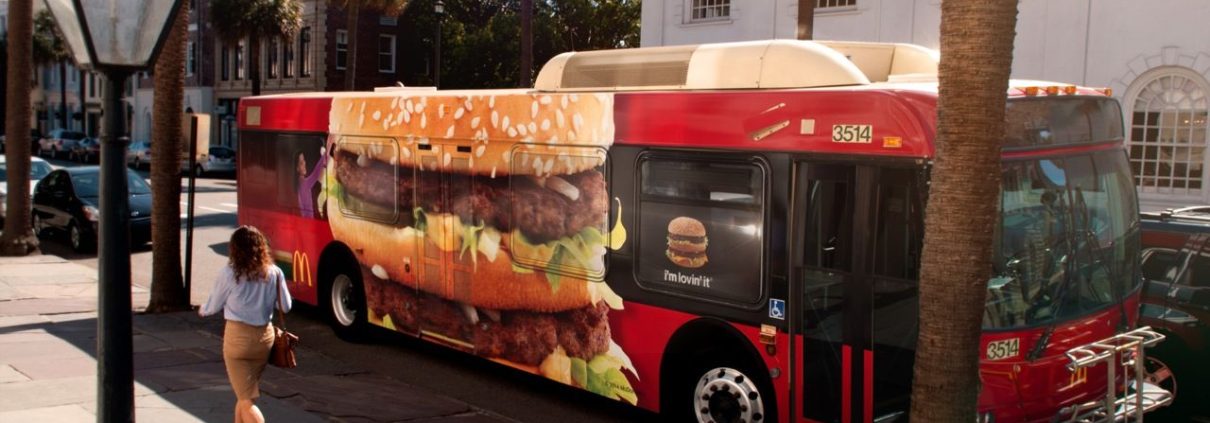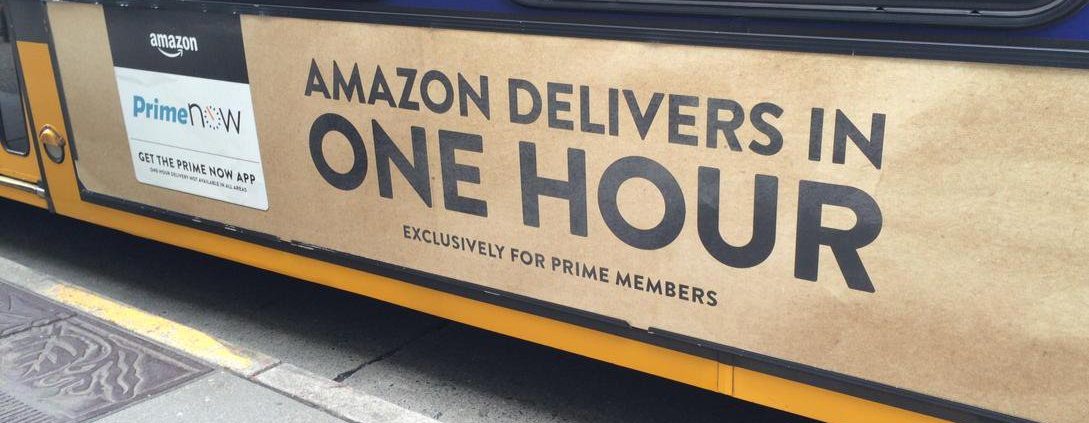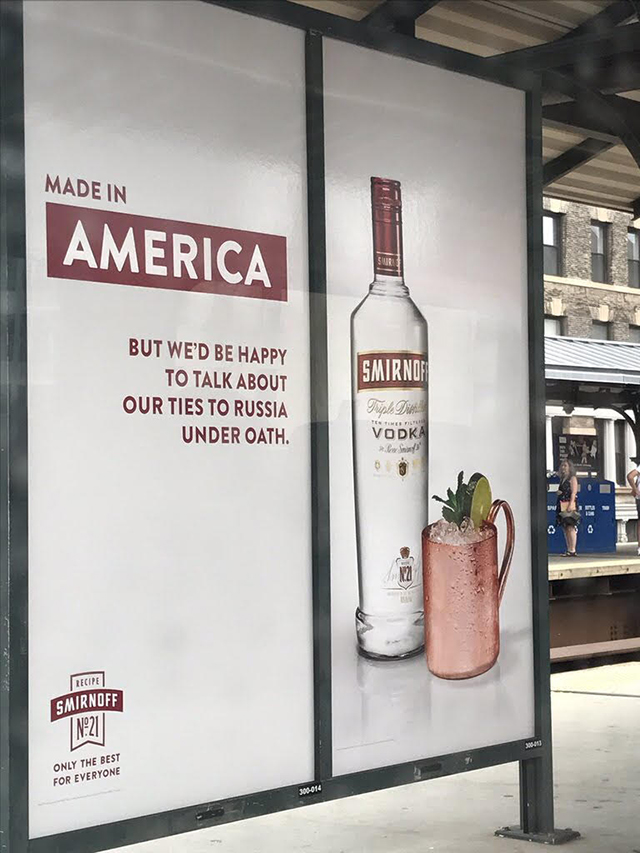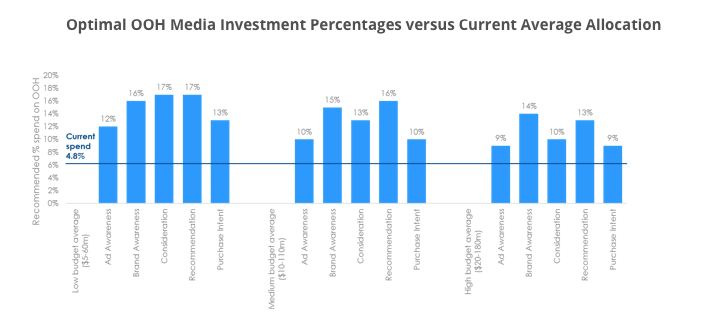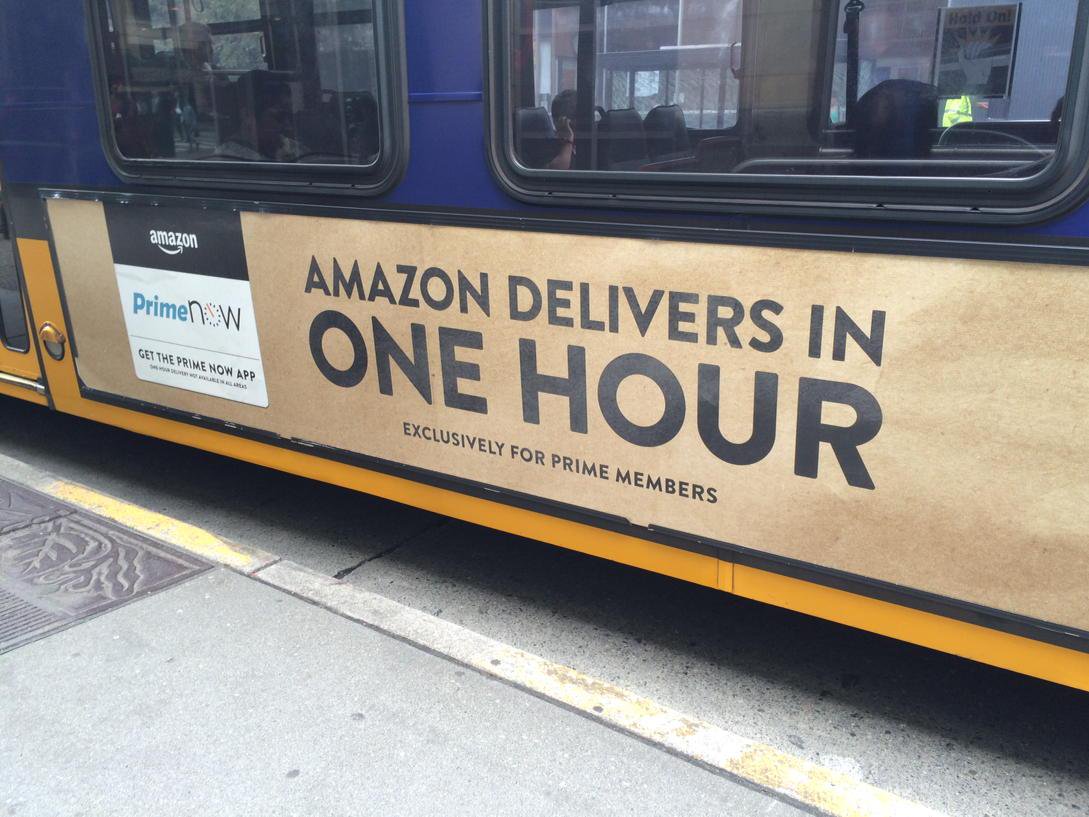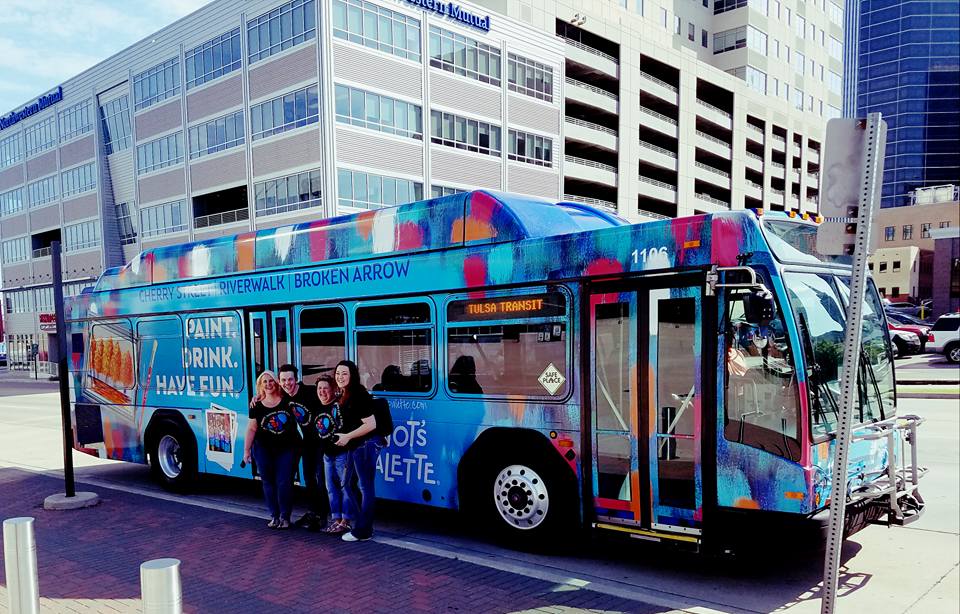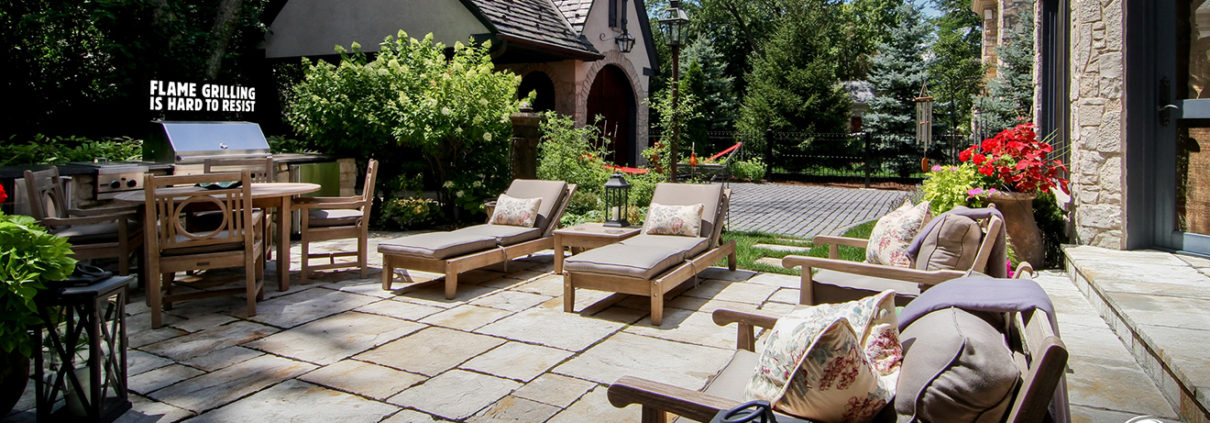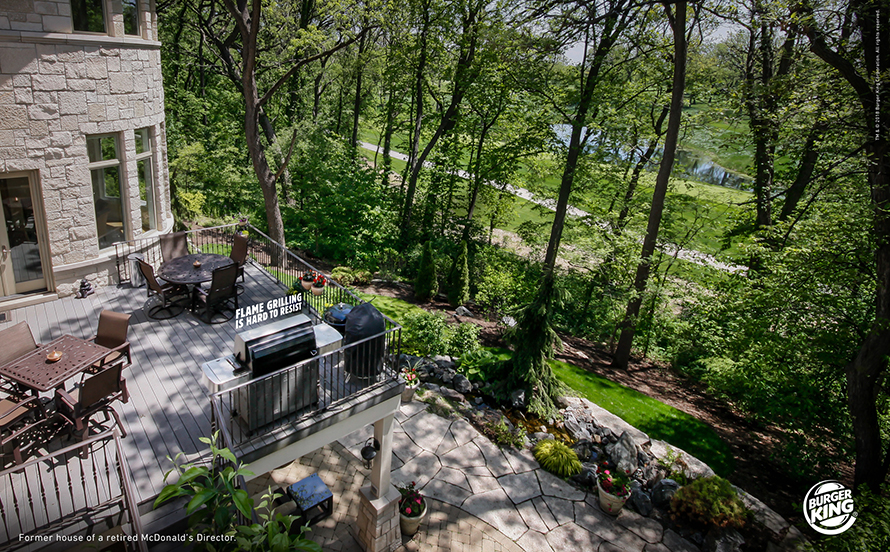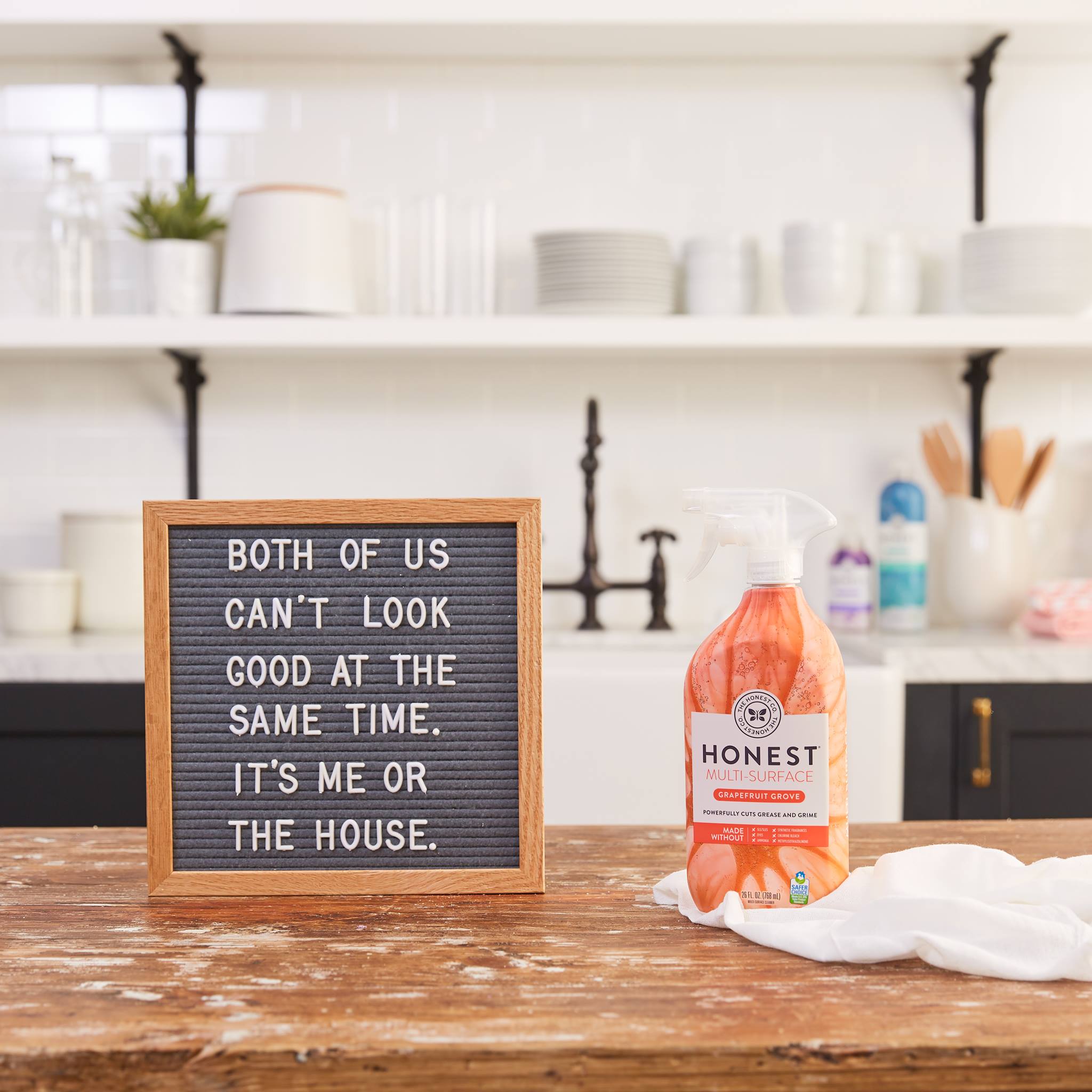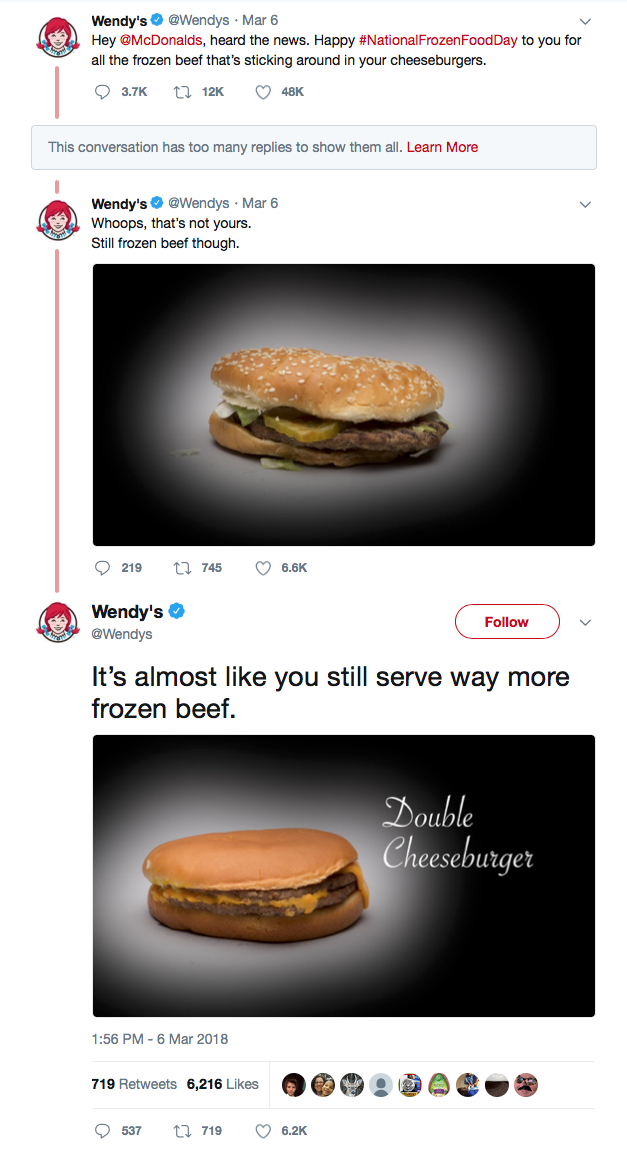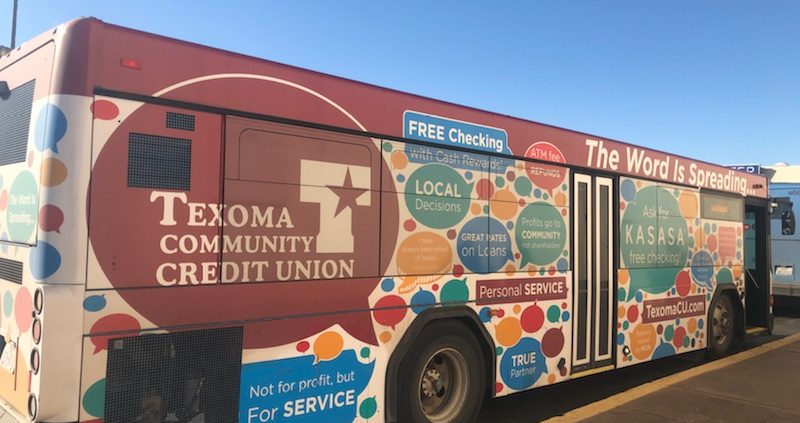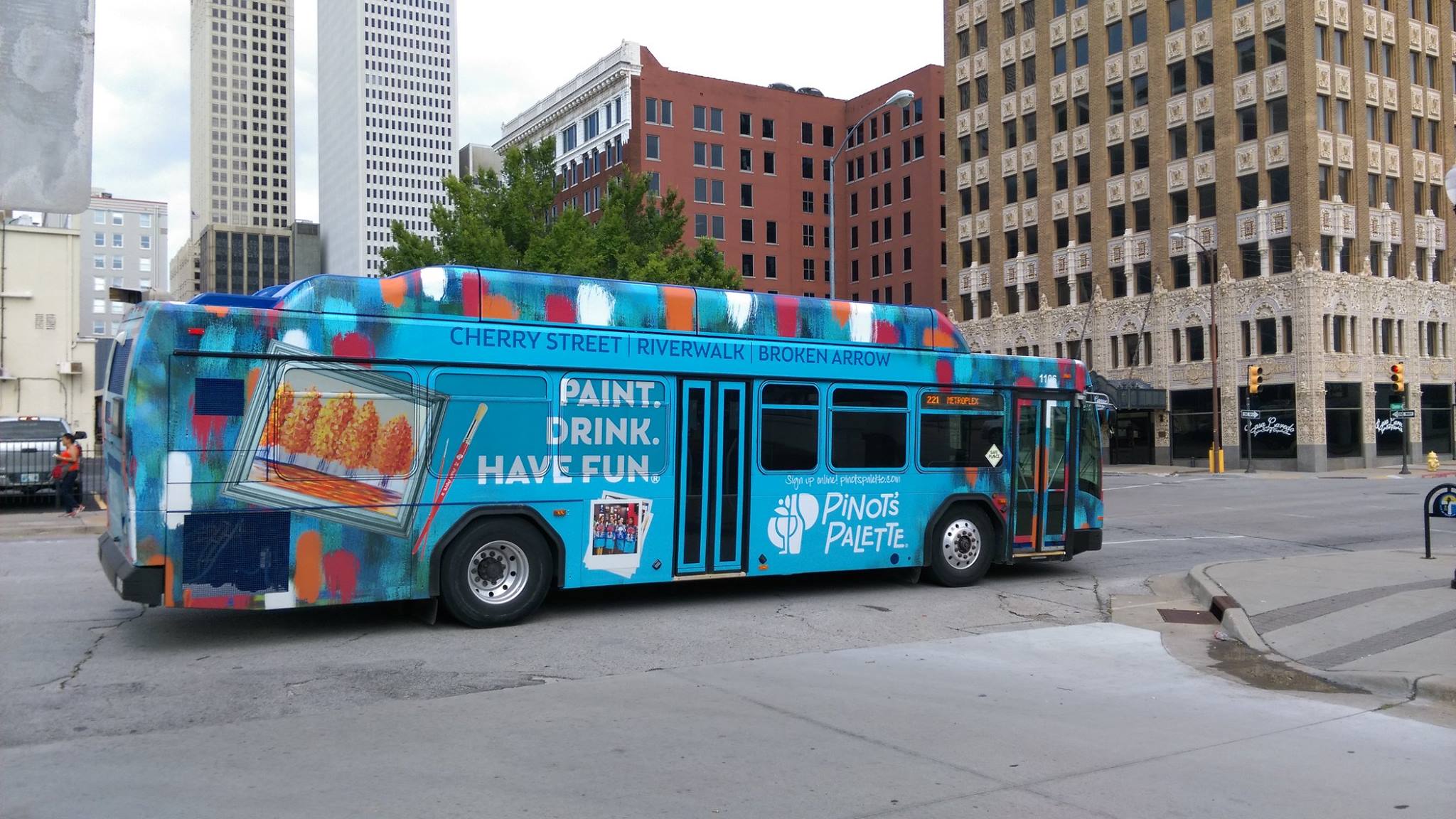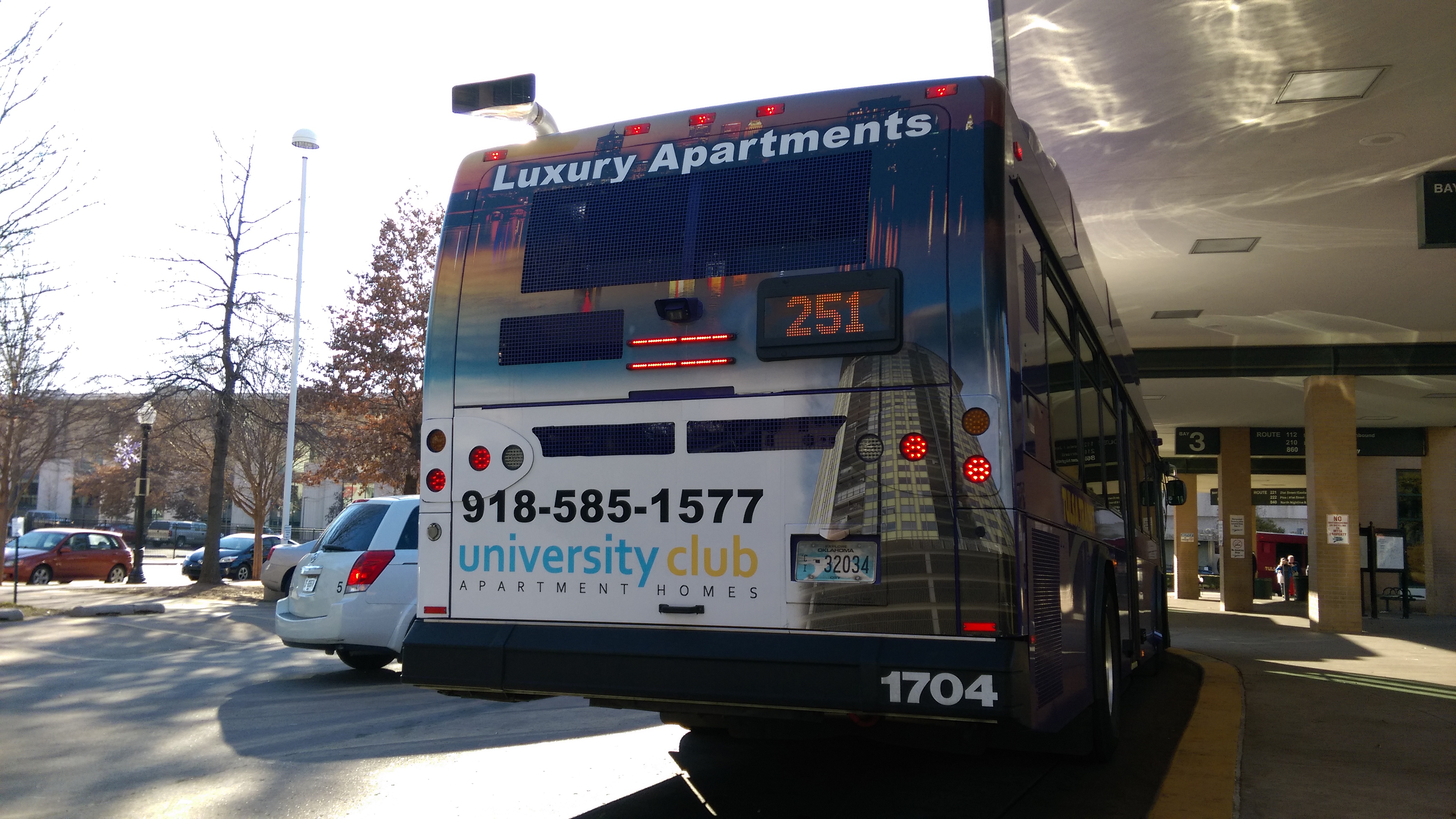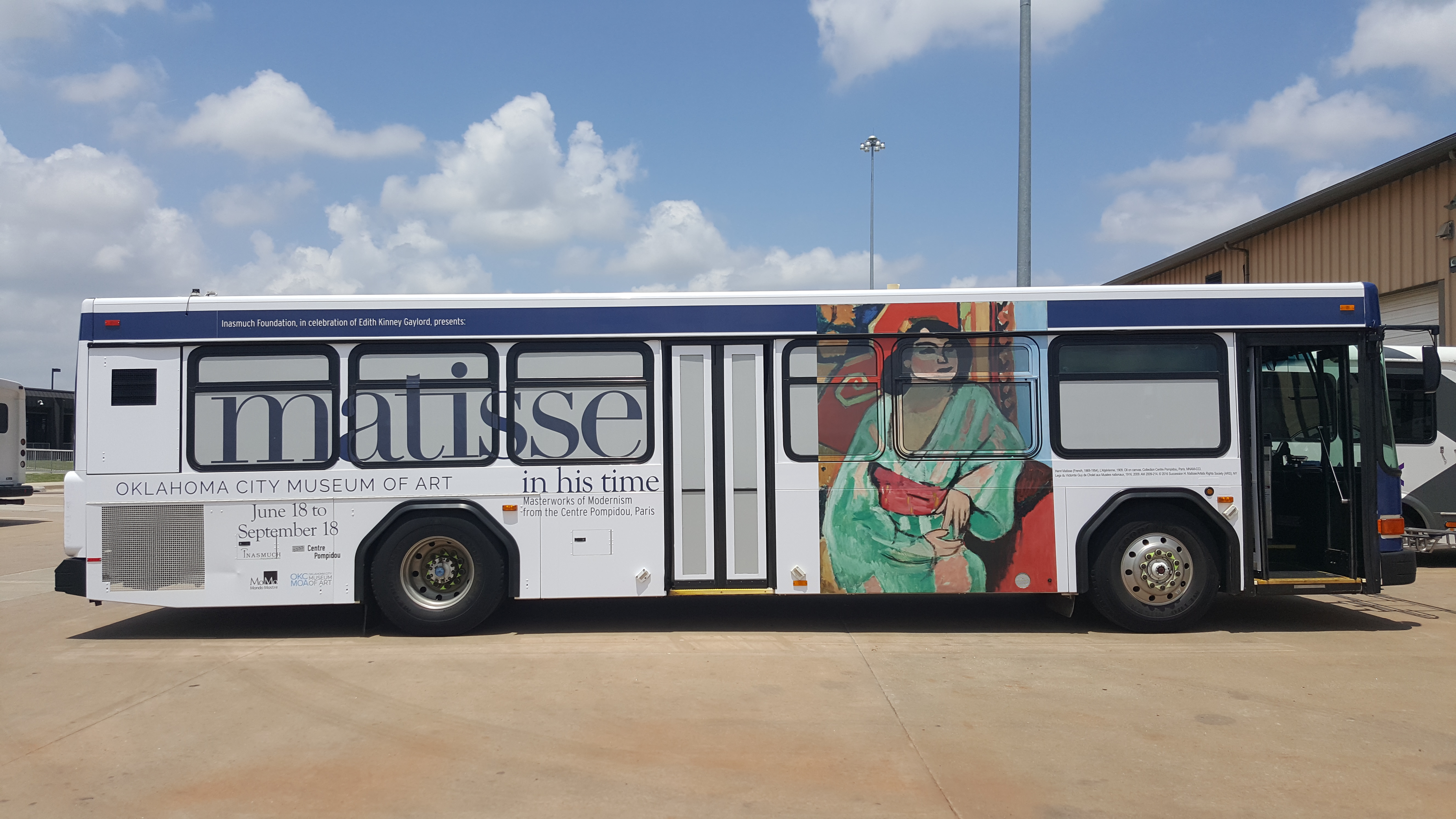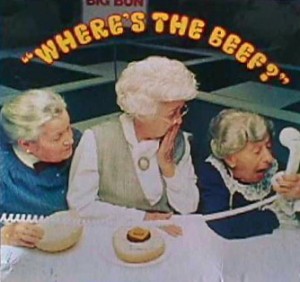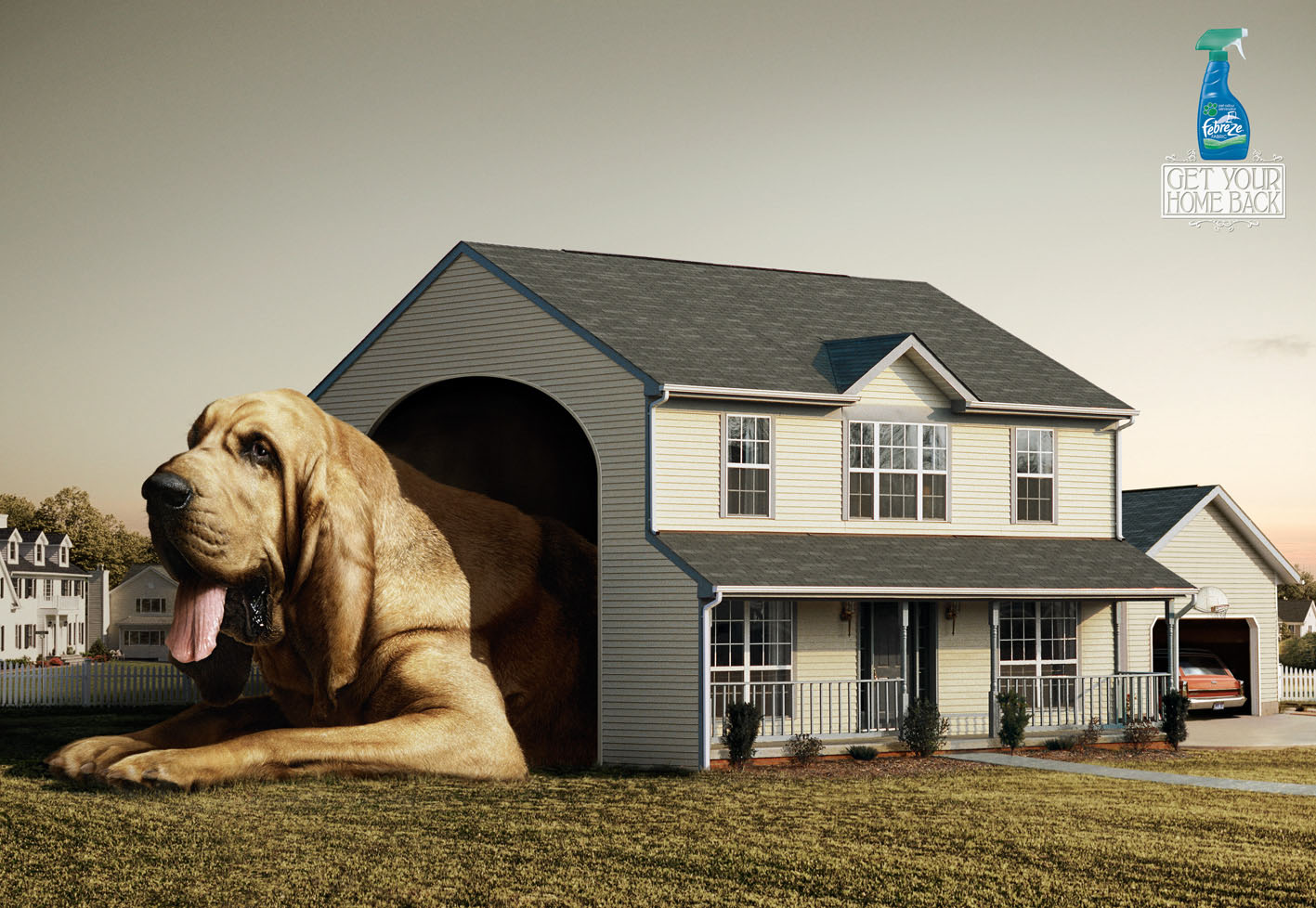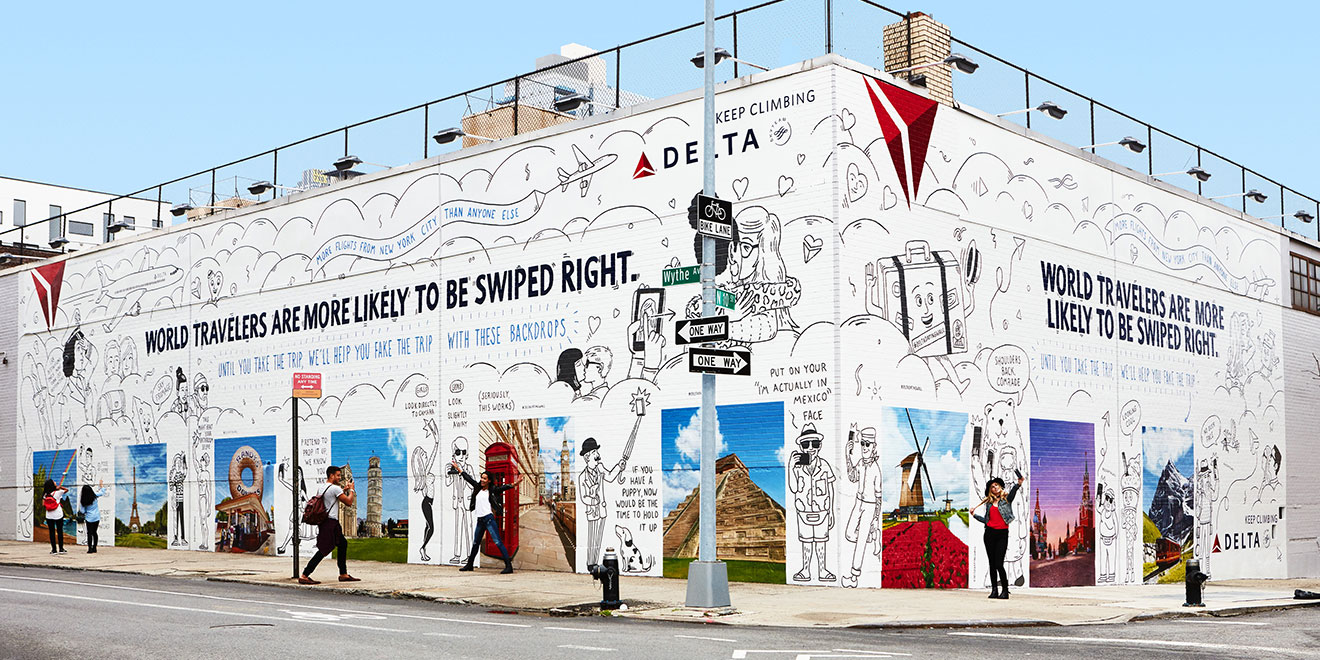DO YOU KNOW THE WORDS TO THIS JINGLE?
Two all beef patties, special sauce, lettuce…
Can you finish this copywriting masterpiece? Do you know the campaign ran over 30 years ago for the Big Mac?
Click here to watch the commercial which first ran in 1975.
The commercial aired for about 18 months. During that time period, the commercial ran a very heavy frequency schedule.
The commercial is Hall of Fame worthy. The words to the jingle are brilliant. But the secret ingredient to the success of this marketing campaign came from the deep. Deep frequency.
Let’s agree that many business owners have a certain reaction when the word “frequency” is uttered by people in marketing.
“This is just your way of trying to get more money from me.”
It’s sad that marketing devolves into a money discussion. Certainly, McDonald’s has buckets of money for marketing but with today’s media choices, small budgets can still generate effective frequency.
Many clients believe in the “one and done” school of advertising.
They order a big spend one time and expect immediate results to follow. I wish ads worked that quickly.
For a new advertiser–with any target market–the primary objective is to build awareness for the product and the benefits it offers. Awareness is necessary but not sufficient.
After awareness is built, the copy strategy must shift to build “intent to buy.” We must help the potential customer build a list of reasons they must purchase the product or service. I spend most of my time in marketing consultations teaching others how to create intent to buy in consumer behavior.
Intent to buy occurs when a problem and solution are linked.
For Big Mac lovers (intent), only a simple reminder is needed.
Most of us are a canyon-jump away from the luxury of reminder advertising. We must build awareness, demand and a strong desire to satisfy a felt need.
Most of you are probably asking the question, “How much is enough? This is what I believe: (and I believe it can be done with a reasonable budget)
* Your small target audience
* With a felt need for your offer
* Must hear the right words
* 3 times per week
* 52 weeks/year
Right target. Right words. Right frequency.
…cheese, pickles, onions, on a sesame seed bun.

